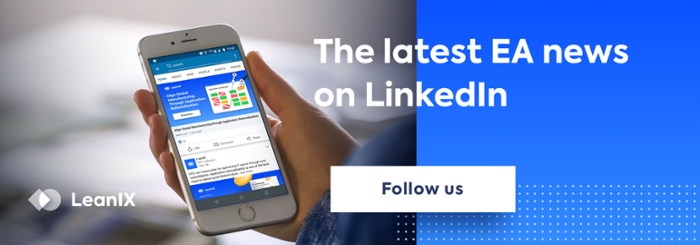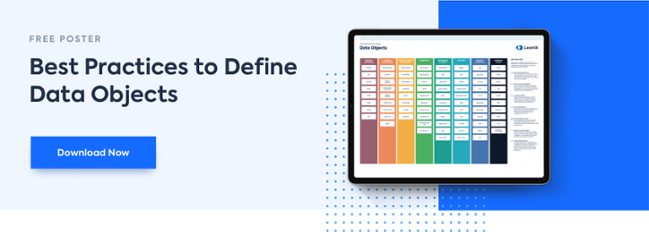
We as people currently produce 2.5 exabytes of data per day. What is an Exabyte? A terabyte follows the gigabyte and is equal to about one trillion bytes, or 1,000 gigabytes. Next, there is the petabyte, which encompasses nearly 1,000 terabytes. Finally, we reach the exabyte. An exabyte is equal to approximately one billion gigabytes.
That’s 2.5 billion gigabytes of cat videos, YouTube shorts, viral news stories, click-bait articles and Amazon sales per day. 3.58 billion internet users worldwide gather together to send 500 million tweets, publish 2 million articles, and send 281.1 billion emails every day. We’re living, breathing, data creation machines – yet this data has to be refined into business insight in order to have true business value. Unstructured data is saturating the market. Big data has been on Gartner’s hype cycle for so long, that it was swiftly kicked off the chart.
As the complexity and the sheer size of our data sets balloon year after year, we need a way to process, organize, and extract true value from the noise.
Quantum computing is the answer.
What is quantum computing?
Quantum computing takes advantage of the strange ability of subatomic particles to exist in more than one state at any time. Due to the way the tiniest of particles behave, operations can be done much more quickly and use less energy than classical computers.
In classical computing, a bit is a single piece of information that can exist in two states – 1 or 0. Quantum computing uses quantum bits, or 'qubits' instead. These are quantum systems with two states. However, unlike a usual bit, they can store much more information than just 1 or 0, because they can exist in any superposition of these values.
What does that mean for Big Data?
Quantum computers will be able to complete complex calculations in mere seconds – same calculations that would take today’s computers thousands of years to solve. Regarding Big Data, quantum computing will enable organizations to sample large troves of data and optimize for all types of use cases and portfolio analyses.
Quantum computing allows for quick detection, analysis, integration, and diagnosis from large scattered data sets. Quantum computers can search extensive, unsorted data sets to quickly uncover patterns. This powerful technology can also view all items in a massive database at the same time to uncover potentially important patterns.
Quantum computing will change our computer architecture, IT architecture, and even corporate structure. Although major companies like Google and Intel are making measurable strides with quantum computing, there remain 4-5 years until Quantum computing will be a feasible option for most enterprises. Until then, machine learning algorithms are still benefitting from any minor advances in quantum computing technology.


/EN/Reports/Thumbnail-Obsolescence-Gartner.png?width=140&height=100&name=Thumbnail-Obsolescence-Gartner.png)
/EN/White-Paper/EN-IDC-Inforbrief-Application-Rationalization-Portfolio-Management-Thumbnail_v2.png?width=140&height=99&name=EN-IDC-Inforbrief-Application-Rationalization-Portfolio-Management-Thumbnail_v2.png)
